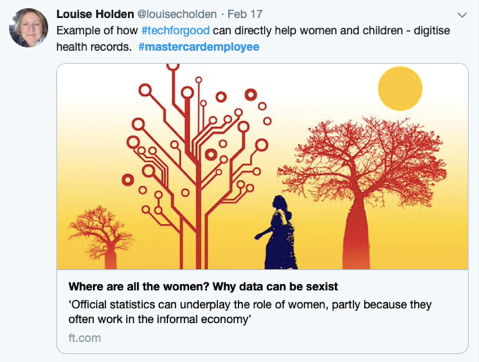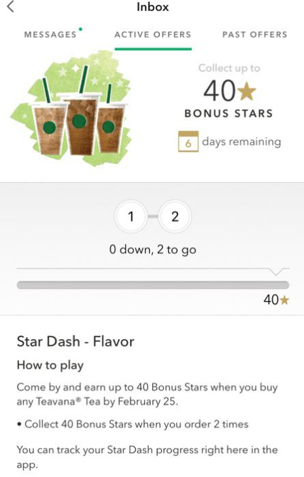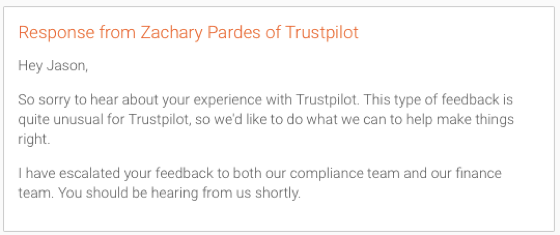When customers feel an emotional connection to a brand, the lifetime value of that customer can increase by 300%
There is so much more to success in business than a profitable bottom line. Unfortunately, many marketing teams and sales departments get so wrapped up in hitting goals and increasing conversion rates that they forget about the most important part of creating a great brand: the customer-business relationship.
Often, the reason that a customer comes back to buy from your business is the perception they have about your brand. If their experience was positive and they enjoyed your product, there is very little convincing needed to get them to convert once again.
This is why cultivating meaningful relationships with customers is so important. In fact, when customers feel an emotional connection to a brand, the lifetime value of that customer can increase by 300% and they are far more likely to recommend the business to others on a consistent basis.
Obviously, establishing this kind of relationship takes time and effort, just like any other relationship. So how can your marketing, sales and customer service departments all work together to build this important connection with every single customer?
Let’s dive in.
Respond to complaints and compliments
Customer reviews should never be a one-way conversation. It is vitally important that everyone in your business is aware of what customers are saying about your brand. Furthermore, your customer service team must stay on top of follow-ups, especially when there is a complaint or negative experience posted publicly on a review platform.
In fact, nine out of ten customers will check to see how a business responds to customer feedback when making their decision to purchase, especially when it is negative.
The way Trustpilot handles customer reviews is a great example of how to manage feedback and turn negative sentiment into happy customers.
They follow a unique approach by asking users to rate various aspects of their product and share the pros and cons of their experience. This is super helpful for identifying the source of any negative experiences and gathering substantial feedback for improvement down the road.
Issuing this type of response signals to future customers that you truly care about their experience and will do everything in your power to make it right. The way you respond to customers (especially disgruntled or disappointed ones) shows other people how much you actually care about your audience.
Customer reviews are essential for building trust online, so if complaints are constantly ignored, it can send a bad message. A negative customer service experience is also a common reason someone will not buy from that business again. Therefore, you need to make sure that all comments (both positive and negative) have public replies to show customers that their opinions matter.
Consistently share UGC (and ask for it)
User-generated content (UGC) is important for showing that you care about your customers. It can also help to foster brand loyalty. Consumers view UGC as a reputable form of marketing content because it comes from a trustworthy source: other customers just like them. In fact, 85% of consumers agreed that UGC was far more influential over their purchasing decision than branded advertising content.
The best way to start gathering positive UGC, particularly visual content, is by creating a strong brand community. If you are regularly sharing UGC-type pictures and videos, other customers will be more likely to share their own for a chance to be featured.
The women’s clothing brand Aerie does a great job of creating personal relationships with customers by connecting them through “body-positive” UGC. Their Instagram is full of un-retouched photos of people wearing their bathing suits and the brand messaging encourages women to be confident and supportive. This focus resonates well with followers, and their branded hashtag #AerieREAL has over 160,000 photos shared from real customers.

Cultivate a culture of employee advocacy
Your employees can be a great way to connect with customers because people view them as “people just like them.” Therefore, if an employee posts about your business, customers tend to be more trusting of the message than if it came directly from your brand messaging.
The key here is authenticity in advocacy. Forcing your employees to share posts on their personal social media is definitely not the right way to go about this. Instead, encourage everyone to share their personal experiences on their own.
You can certainly offer incentives, such as commissions for social media referrals through an ambassador program like MasterCard does. Employee’s social accounts have up to 561% further reach than the brand’s that they work for. By encouraging employees to share informational or interesting content on their own pages, MasterCard is able to create more customer relationships that are genuine from the start.


Offer beneficial loyalty perks
Loyalty programs can be quite effective for building long-term relationships with customers, but only if they are truly useful and relevant to the consumer. The key here is to make it simple and personalized so that customers are actually incentivized to keep coming back. Try not to make the system too complicated.
Starbuck’s rewards system is a great example of a straightforward but personalized perks system that really works. Customers earn points towards a free drink based on how much money they spend per order.
They are also offered personalized points bonuses along the way to help them reach their rewards faster. These bonuses are totally personalized based on that customer’s past orders, making it a more engaging experience that establishes a connection between the consumer and the brand.

Conclusion
Simply focusing on getting more sales is not necessarily the best way to establish a profitable business. A sign of a truly successful company is an abundance of loyal, happy customers.
Be sure that your entire team is focused on fostering relationships that lead to conversions. Hold the customer experience as a top priority, keep your ears open to genuine feedback, and encourage advocacy and personal connection, specifically through social media. This relationship-focused approach will help to create strong networks of customers that builds brand loyalty.
